ELAR K.2
Developing and sustaining foundational language skills: listening, speaking, reading, writing, and thinking--beginning reading and writing. The student develops word structure knowledge through phonological awareness, print concepts, phonics, and morphology to communicate, decode, and spell. The student is expected to:
- (1) demonstrate phonological awareness by:
- (A) identifying and producing rhyming words;
- (i) recognizing spoken alliteration or groups of words that begin with the same spoken onset or initial sound;
- (ii) identifying the individual words in a spoken sentence;
- (iii) identifying syllables in spoken words;
- (iv) manipulating syllables within a multisyllabic word; and
- (v) blending syllables to form multisyllabic words;
- (vi) segmenting multisyllabic words into syllables;
- (vii) blending spoken onsets and rimes to form simple words;
- (viii) blending spoken phonemes to form one-syllable words;
- (ix) segmenting spoken one-syllable words into individual phonemes;
- (x) demonstrate and apply phonetic knowledge by:
- (B) identifying and matching the common sounds that letters
represent;
- (i) using letter-sound relationships to decode, including VC, CVC, CCVC, and CVCC words;
- (ii) recognizing that new words are created when letters are changed, added, or deleted such as it - pit - tip - tap; and
- (iii) identifying and reading at least 25 high-frequency words from a research-based list;
- (iv) demonstrate and apply spelling knowledge by:
- (C) spelling words with VC, CVC, and CCVC;
- (i) spelling words using sound-spelling patterns; and
- (ii) spelling high-frequency words from a research-based list;
- (iii) demonstrate print awareness by:
- (D) identifying the front cover, back cover, and title page
of a book;
- (i) holding a book right side up, turning pages correctly, and knowing that reading moves from top to bottom and left to right with return sweep;
- (ii) recognizing that sentences are comprised of words separated by spaces and recognizing word boundaries;
- (iii) recognizing the difference between a letter and a printed word; and
- (iv) identifying all uppercase and lowercase letters; and
- (v) develop handwriting by accurately forming all uppercase and lowercase letters using appropriate directionality.
- (A) identifying and producing rhyming words;
- Plus Plan
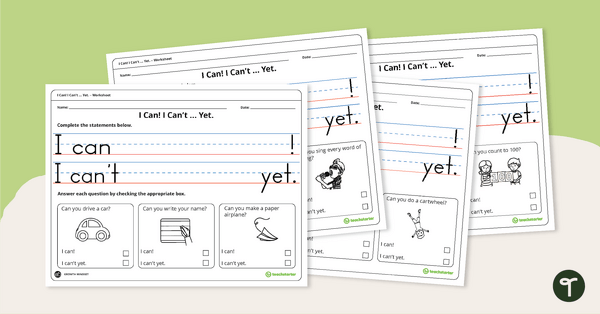
Growth Mindset Worksheets (Grades K-1)
Print these growth mindset worksheets for kindergarten and first grade to learn about I Can and I Can't while practicing handwriting.
- Plus Plan
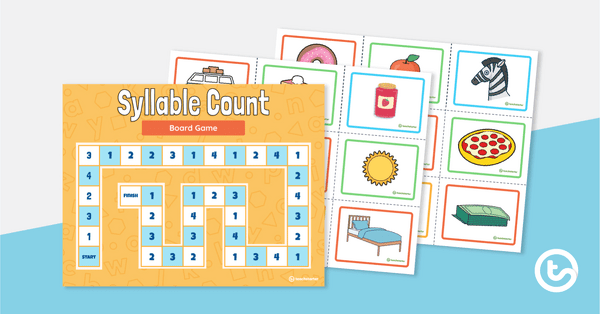
Syllable Count Board Game
Segment and count up to 4 syllables with this game board and set of 33 picture cards.
- Plus Plan
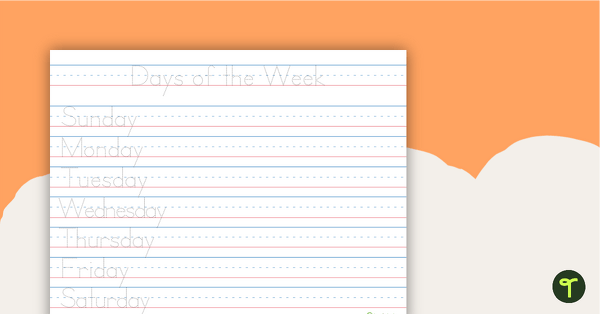
Days of the Week - Handwriting Sheet
A handwriting sheet to practice writing the days of the week.
- Plus Plan
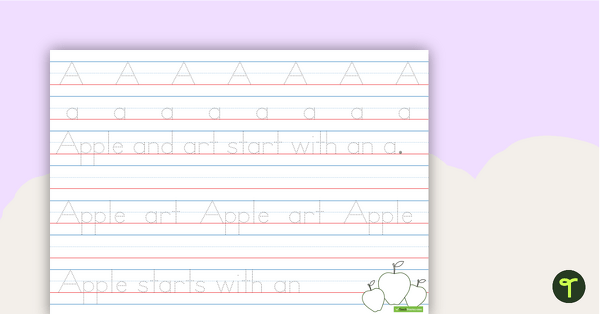
Alphabet Handwriting Sheets - Individual
Handwriting sheets for each letter of the alphabet.
- Plus Plan
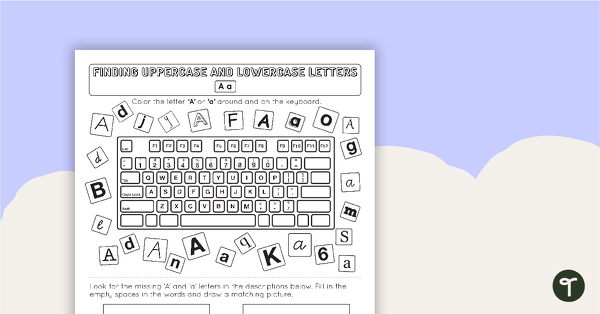
Recognizing Uppercase and Lowercase Letters on a Keyboard Worksheet
A 26-page collection of worksheets (1 for each letter of the alphabet) to help students recognize uppercase and lowercase letters on a keyboard.
- Plus Plan
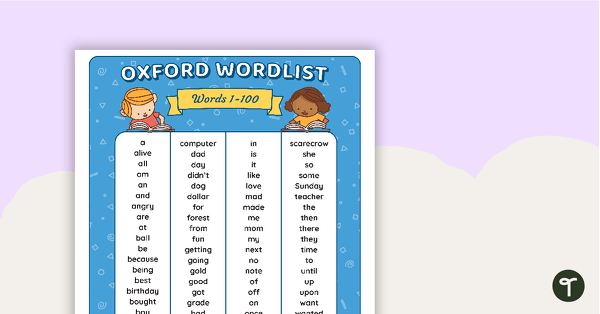
Oxford Wordlist Mats - Words 1 to 354
A set of Oxford wordlist mats to assist students with their reading and spelling.
- Plus Plan
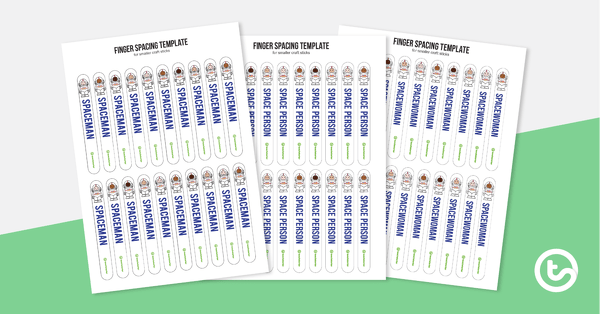
'Spaceman' Finger Spacing Template
A 'Spaceman' and 'Spacewoman' template to help children when writing.
- Plus Plan
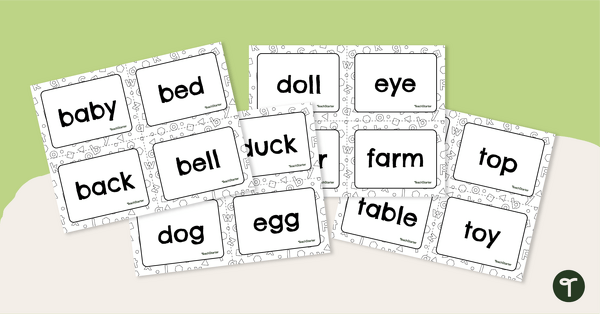
Dolch Sight Word Flashcards - Nouns
Build reading fluency and practice Dolch nouns with a deck of Dolch sight word flash cards.
- Plus Plan
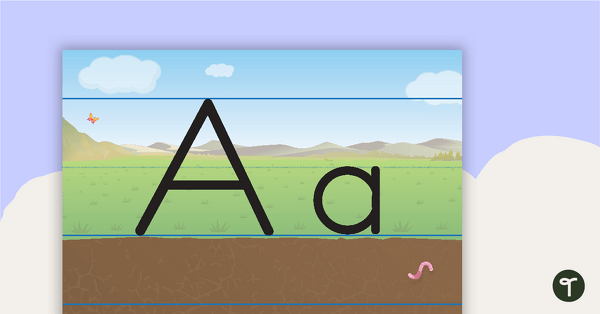
Handwriting Posters - Dirt, Grass, and Sky Background
Handwriting posters using a dirt, grass, and sky background.
- Plus Plan
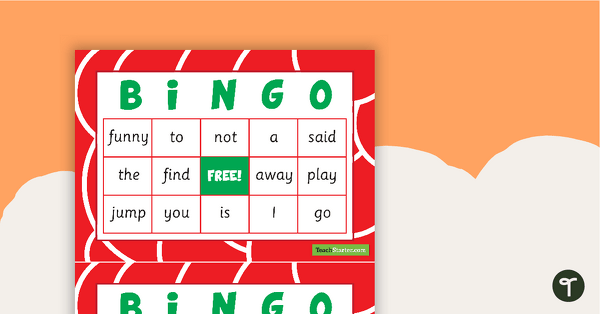
Dolch Sight Word Bingo - Pre-Primer
Sixteen different bingo cards using the Pre-Primer Dolch Sight Words.
- Plus Plan
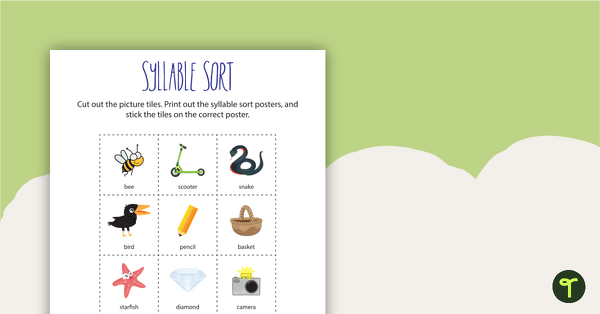
Syllable Sort
Use this Syllable Sort Game to assist your students in identifying syllables in different words.
- Free Plan
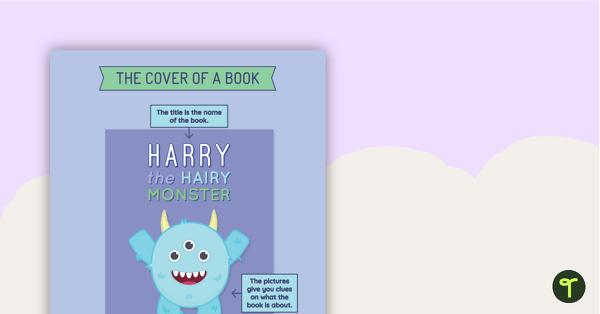
Parts of a Book Front Cover (Classroom Poster)
Highlight the main features of a book's front cover with this printable poster for the classroom or school library.
- Plus Plan

Cat Handwriting Lines - Solid Middle Line
A set of handwriting lines to use when teaching your students how to sit their letters properly on a line.
- Plus Plan
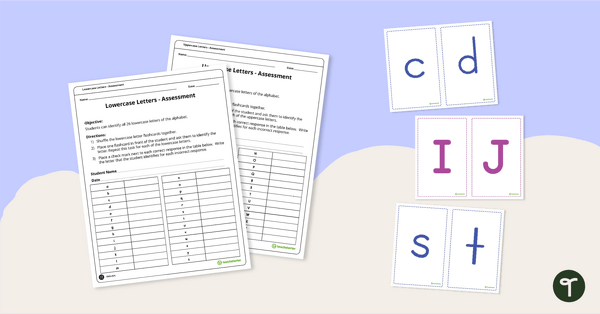
Phonics Assessment - Uppercase and Lowercase Letters
Test your students' knowledge of the uppercase and lowercase letters in the alphabet with this assessment kit.
- Plus Plan
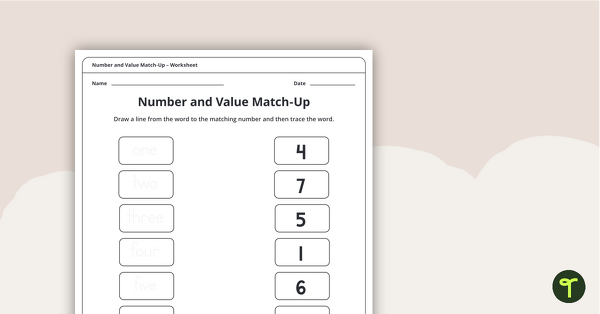
1-9 Number and Value Match-Up Worksheet
A worksheet to practice word and number recognition for numbers 1-9.
- Plus Plan
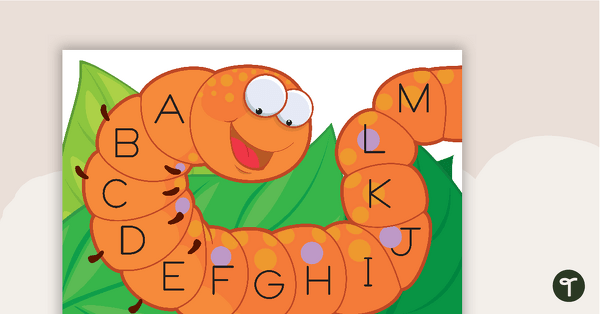
Alphabet Matching Caterpillar Activity
A vibrant and fun activity to teach lowercase and uppercase to young children.
- Plus Plan
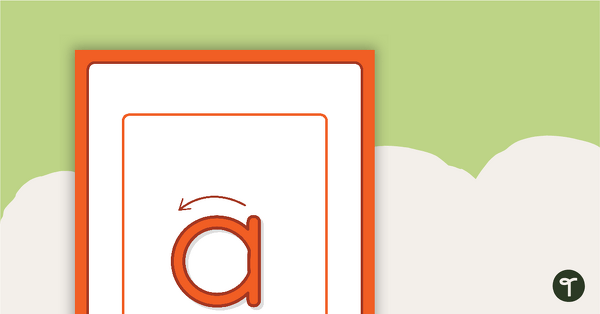
Letter Formation Alphabet Posters
A set of letter formation alphabet posters to display in the classroom.
- Free Plan
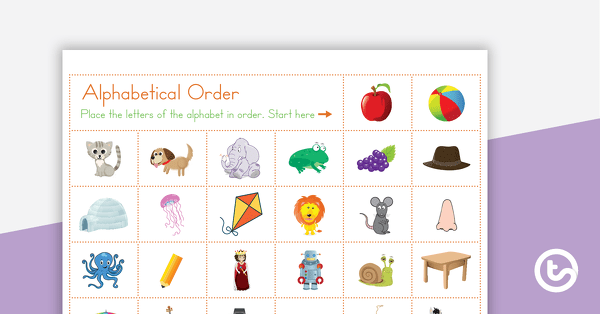
Alphabetical Order Activity
A fun matchup activity to help teach children the letters of the alphabet and their sounds.
- Plus Plan
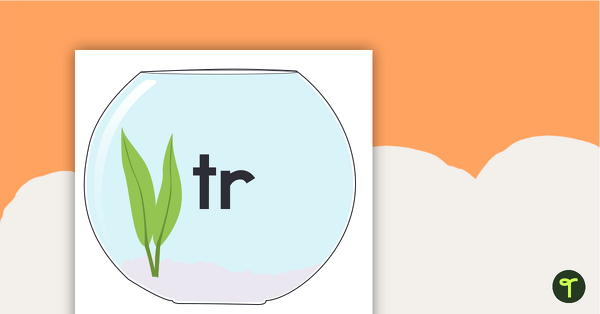
Consonant Blends Fishbowl Sorting Activity
A small group or whole class sorting game to consolidate the learning of beginning consonant blends.
- Plus Plan
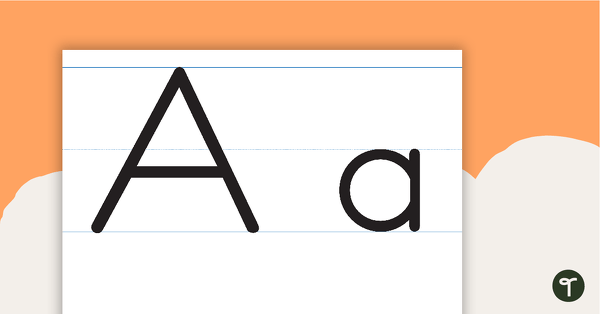
Large Handwriting Charts - Capitals and Lower Case
Print capital and lower case letters displayed on large red and blue handwriting lines.
- Plus Plan
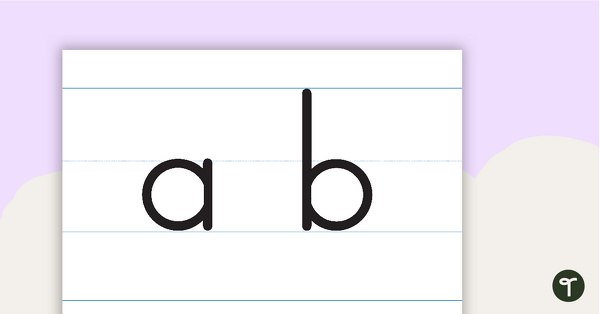
Large Handwriting Charts - Lower Case
Print handwriting displayed on large red and blue lines.
- Plus Plan
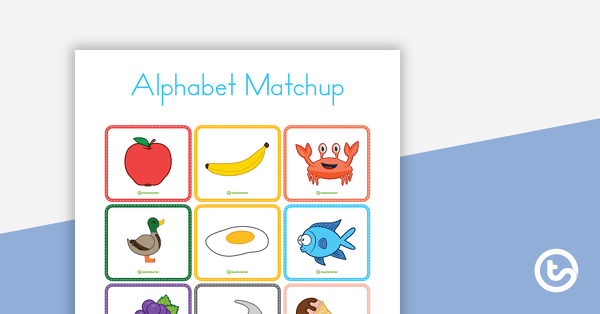
Alphabet Matching Activity
A great matching activity for students to practice their letters and initial sounds.
- Plus Plan

Writing Lowercase Letters
Students practice writing the lowercase letter next to the provided uppercase letter.
- Plus Plan
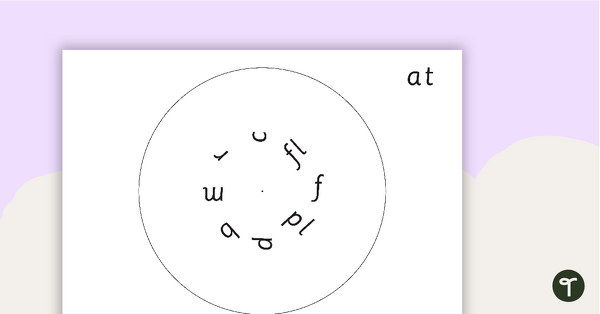
CVC Spinner
A set of 22 CVC spinners for students to practice Consonant Vowel Consonant words.
- Plus Plan
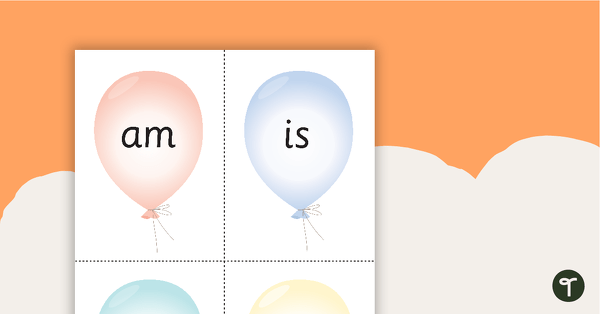
Two-Letter Word Balloon Cards
6 pages of two-letter words on balloon backgrounds.
- Plus Plan
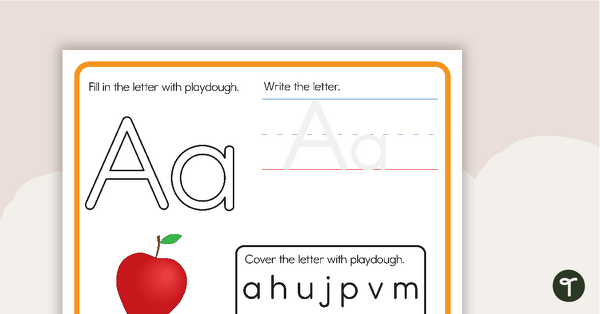
Alphabet Playdough Mats
A set of work mats for students to write and form the letters of the alphabet using playdough.
- Plus Plan
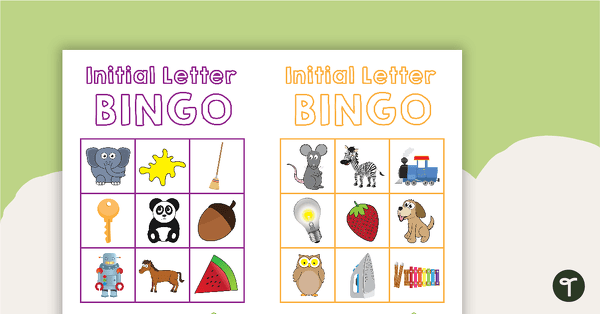
Initial Letter Bingo
30 different bingo cards using initial letters.
- Plus Plan
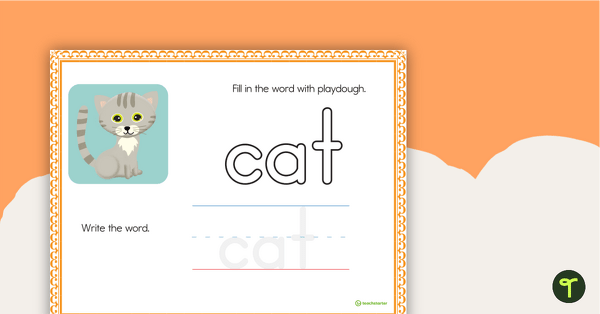
CVC Words – Playdough Mats
A set of three-letter consonant-vowel-consonant words for students to practice writing and forming in playdough.
- Plus Plan

Season Handwriting Sheets
Handwriting sheets about the seasons.
- Plus Plan
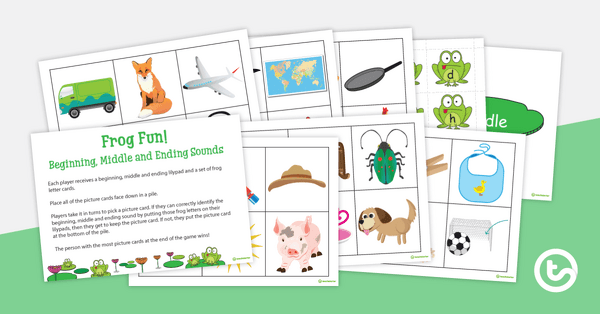
Frog Fun Game - Beginning, Middle, and Ending sounds
Game cards and instructions for a frog-themed CVC word combination game.
- Plus Plan
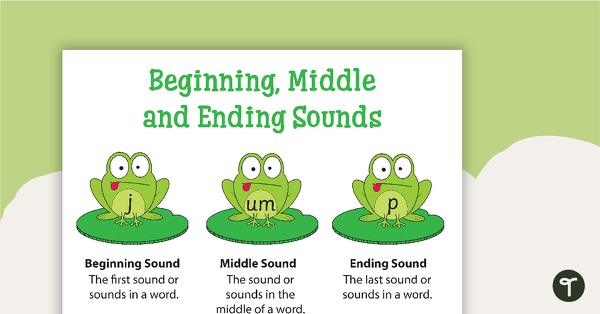
Beginning, Middle and Ending Sounds – Frogs Poster
A frog themed poster for CVC words
- Plus Plan

What's My Card? CVC Words Board Game
A set of cards to be used in a Guess Who? Board Game for students to consolidate their knowledge of CVC words.